Watt Powell Park
Introduction
Text-to-speech Audio
Images
Watt Powell Park 1995
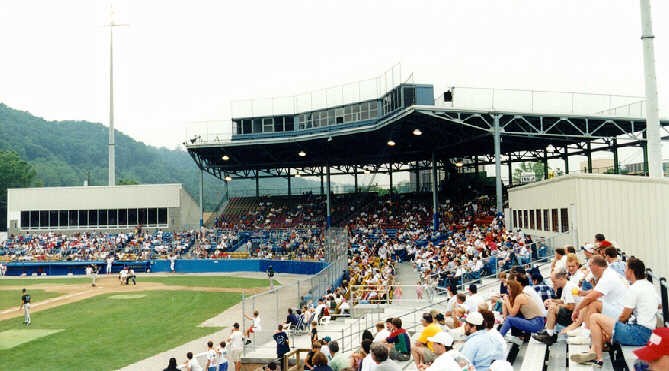
Watt Powell during the Charlie's era (date unknown)
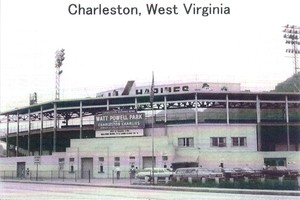
Charleston Senators (Class A 1949- 1951; Triple A 1952- 1960) Affiliate of the Cincinnati Reds (1949-51), Chicago White Sox (1952- 55), Detroit Tigers (1956- 59), Washington Senators (1960).
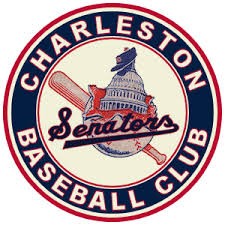
Charleston Charlies (Tirple A; 1971- 1983) International League Afflliates of the Pittsburgh Pirates (1971- 1976), Houston Astros (1977- 79), Texas Rangers (1980), Cleveland Indians (1981- 83) League Champions 1973 and 1977
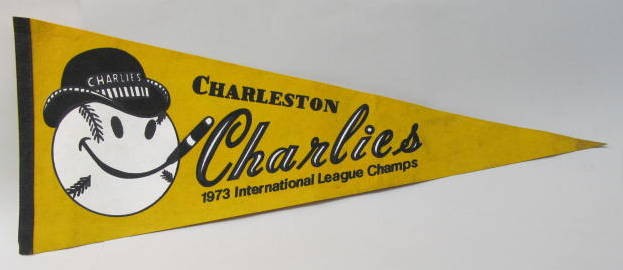
Charleston Wheelers (1987- 1994) Single A South Atlantic League Affiliates of the Chicago Cubs (1988- 89), Cincinnati Reds (1990- 94) Champions 1990

Charleston Alley Cats (1995-2004) Single A South Atlantic League Affiliates of the Cincinnati Reds (1995- 98), Kansas City Royals (1999- 2000), Toronto Blue Jays (2001- 04).
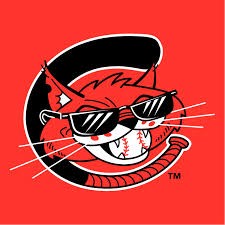
From behind home plate
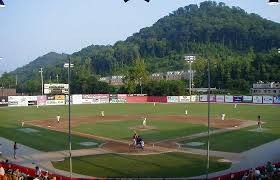
Watt Powell
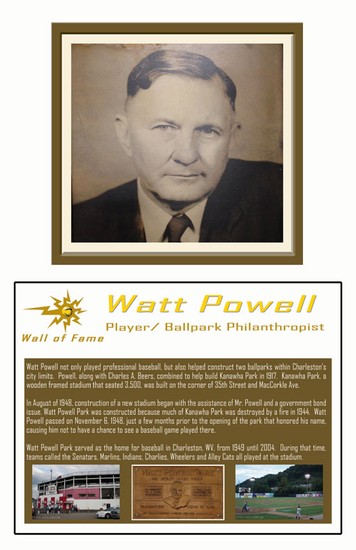
West Virginia Power
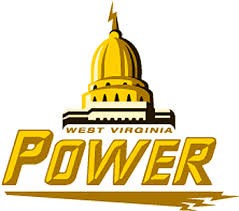
Backstory and Context
Text-to-speech Audio
Watt Powell was the former manager of the Charleston Senators, a Class C Mid Atlantic League during the 1930’s. Powell and Charles A. Beers, a local businessman, had been instrumental in the construction of the old Kanawha Park. Powell served on the Charleston City Council; he also headed the Division of State Parks. With the securing of a $350,000 government bond which financed the project, construction began in 1948.1 A strike by the Charleston Building Trades Council threatened to delay the parks opening. Picket lines at the park were in place from April 1 to April 9, but the union lifted the strike in order to insure that the park would open on time.2 Approximately eight- thousand fans attended the parks opening on April 28, 1949.3
The Senators operated as a Class A farm team of the Cincinnati Reds from 1949- 1951. From 1952- 1955 the team was a Triple A affiliate of the Chicago White Sox. Remaining in Triple A the Detroit Tigers were the parent club from 1956- 1959. The Washington Senators were the parent club for one year in 1960. The Senators folded in January of 1961. Senators alum include: Luke Easter (former Negro League star), Jim Bunning, Charlie Lau, Hal Woodeschick, Jim Kaat, Don Mincher, and Voilo Versalles.4
Minor league ball returned to Watt Powell on a temporary basis in 1961 as the San Juan Marlins, a Triple A affiliate of the St Louis Cardinals had lost their stadium to a hurricane. Renamed the Indians the team dropped to Single A in 1962. Reclassified to Double A in 1963 and 64, the team competed in the Eastern League. It was during this period that future Major League Manager Earl Weaver removed third base after a disputed call. Police had to retrieve the base from clubhouse where Weaver had taken it. Charleston was without baseball from 1965 to 1970.5
In 1971 Charlie Levine acquired an existing Triple A franchise and relocated them to Charleston. Levine named the team after his father, Charlie. The elder Levine was noted for his bowler hat that became a prominent feature in team’s logo. An affiliate of Pittsburgh Pirates the Charlie’s played at Watt Powell until 1983 winning the League Championships in 1973 and 1977. Charlie’s alum while in the Pirates organization (1971- 76) include: Bruce Kison, Omar Moreno, Dave Parker, Reggie Stennett, Kent Tekulve, Ritchie Zisk, Tony Armas, Gene Garber, Art Howe, and Willie Randolph. Mike Mendoza played for the Charlie’s during the teams affiliation with the Houston Astro’s (1977- 79). The Texas Rangers served as the parent club in 1980 whiles the Cleveland Indians were the parent club from 1981- 83. The team moved to Maine in 1984, becoming the Maine Guides.6
Minor League Baseball returned in 1987 as Dennis Bastien brought his Single A team to Charleston. The club was named the Wheelers and was an affiliate of the Chicago Cubs from 1988- 89. In 1990, the Cincinnati Reds became the parent club and the Wheelers won the South Atlantic League title in 1990. In 1995 the team changed its name to the Alley Cats. Major League affiliates changed with the Kansas City Royals and the Toronto Blue Jays each filling the role for several years. The team changed their name to the West Virginia Power in 2004. Appalachian Power Park had been constructed in downtown Charleston and the Power moved into the facility in 2005. Watt Powell Park was demolished in 2005.7
Watt Powell Park had a unique character, its architecture reflected post war ballparks in its utility and its setting contributed to its game time atmosphere. Built in the style of many other baseball parks of the era, Watt Powell Park featured a covered grandstand. While the dimensions of the field changed over the years, the park always featured distant fences. Breezes from a nearby hallow helped to cool the park. Railroad tracks lay just beyond the right field fence. Because the tracks were at an elevation higher than the fence, some fans gathered there to watch games. Perched on lawn chairs that hugged the tracks, the attention of many grandstand occupants veered toward the track dwellers every time a freight train rolled by.